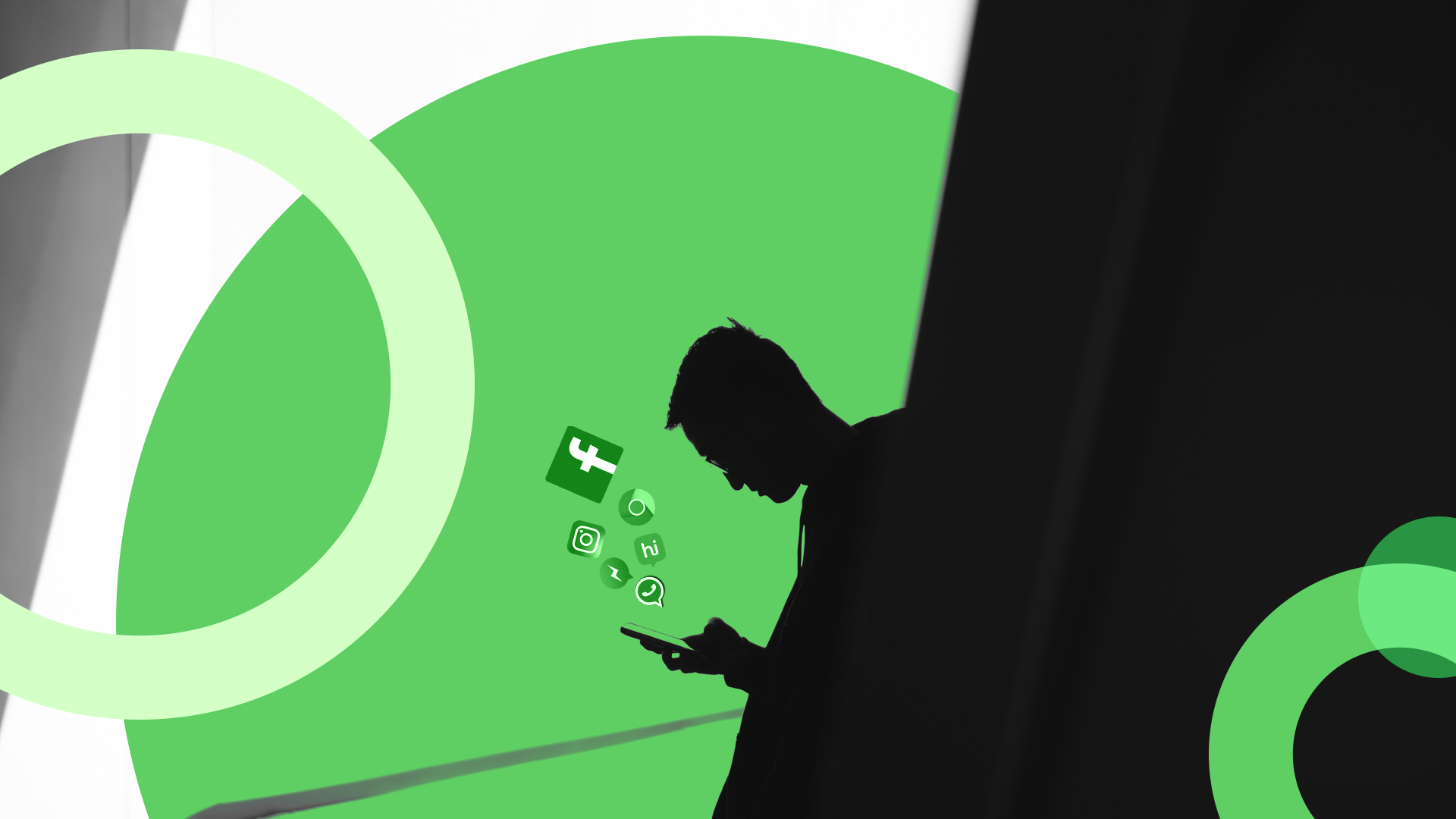Daylight Saving Time - ‘Falling Back’ May Increase Seasonal Depression
Most parts of the United States observe daylight saving time, where clocks are set 1 hour ahead on the second Sunday in March and set back an hour to standard time on the first Sunday in November.
Since its adoption, there has been an ongoing controversy surrounding daylight saving time. While some argue that it reduces energy consumption and improves the economy, others believe there are potential health and safety issues, such as an increased risk of heart attacks or traffic accidents. An emerging concern, however, is its effects on mood disorders, such as seasonal depression.
What is seasonal depression?
Seasonal depression is a specific type of mood disorder that affects people during a particular time of the year. It is most common in the fall and winter months, but some people may also experience it during the spring and summer months.
The Diagnostic and Statistical Manual of Mental Disorders, also known as DSM-5, is a guide used by mental healthcare providers to diagnose various mental health disorders, including seasonal depression. The DSM-5 refers to seasonal depression as a “major depressive disorder with a seasonal pattern,” though it is more commonly known as seasonal affective disorder (SAD).
According to the DSM-5, seasonal depression symptoms include:
- feeling sad or depressed
- excessive sleeping
- lack of energy
- feeling restless
- feeling worthless
- losing interest in things previously enjoyed
- eating more, especially carbohydrates
- difficulty with decision-making
- thinking about death or suicide
It is observed that people with seasonal depression go through the same cycle every year. They tend to feel depressed during the fall and winter (or spring and summer), but they feel much better during the rest of the year. If you have noticed this pattern for two or more years in a row, you may be experiencing seasonal depression.
What are the causes of seasonal depression?
Our bodies have an internal clock, known as the circadian rhythm, which regulates our sleep and wake cycles on a daily basis. The body clock is primarily set by exposure to sunlight. When light enters our eyes, it sends a signal to our brain that it's time to wake up, while in the absence of light, a hormonal signal is sent to our brain, indicating its time to sleep. During fall and winter, our body clock can be disrupted due to the lack of sunlight, which leads to seasonal depression.
How does daylight saving time affect seasonal depression?
Daylight saving time can have a significant impact on people who experience seasonal depression, also known as seasonal affective disorder (SAD). These individuals are already more susceptible to disruptions in their body's internal clock due to the changing seasons. The shift in time during daylight saving can worsen their depression by further disturbing their circadian rhythm.
A study conducted in 2017 revealed an 11 percent increase in depressive episodes during the transition from daylight saving time to standard time. This increase in depressive symptoms can be attributed to the disruption of the body's natural functions.
It's thought that when daylight saving time ends, and sunset occurs earlier, various bodily processes can be disrupted. The circadian rhythm, a 24-hour cycle that helps regulate when we sleep, wake, and eat, is thrown off balance. A well-functioning circadian rhythm is crucial for overall health and mental well-being.
Tips for reducing your risk for seasonal depression
Here are some tips for reducing your risk for seasonal depression:
Start treatment early
Consider using light therapy, which can both treat and prevent seasonal depression. It's advisable to begin using it before symptoms of depression appear.
Travel to sunnier locations
If feasible, plan trips to sunnier areas during the times when you are most inclined to seasonal depression. This change in environment can be beneficial, as exposure to more sunlight can help relieve symptoms.
Spend time outdoors in the morning
Taking a daily, hour-long walk in the morning sunlight can be a useful alternative to light therapy.
Seek support when needed
Seasonal affective disorder is a common condition, and you should not hesitate to seek help or talk about it with your friends, family, or a healthcare provider.
Treatments for seasonal depression
There are several effective treatments for seasonal affective disorder, such as medication, psychotherapy, and light therapy.
Medications
Seasonal depression can be treated with a specific type of antidepressant known as selective serotonin reuptake inhibitors (SSRIs), as per the National Institute of Mental Health. SSRIs include medications like fluoxetine (Prozac), sertraline (Zoloft), and citalopram (Celexa). Moreover, bupropion (Wellbutrin), another type of medication, is also approved by the Food and Drug Administration for treating seasonal depression.
Psychotherapy
Seasonal depression can also be effectively treated with psychotherapy. One type of psychotherapy that is particularly helpful is called cognitive behavioral therapy (CBT). This approach focuses on helping individuals identify and challenge negative thoughts, replacing them with more positive ones. CBT-SAD is a specialized adaptation of CBT that includes an additional technique known as behavioral activation. This approach helps individuals find enjoyable activities that can help them better cope with the challenges of winter.
Light therapy
Light therapy is another method that can treat seasonal depression. This therapy involves sitting in front of a light box every morning after waking up. The light emitted by the box mimics the natural morning sunlight, which resets your body clock and helps alleviate your symptoms. The light produced by the box is different from regular indoor lighting as it provides the precise intensity and frequency of light required to reset your body clock. Furthermore, light boxes are designed to filter out harmful ultraviolet radiation for your safety.



